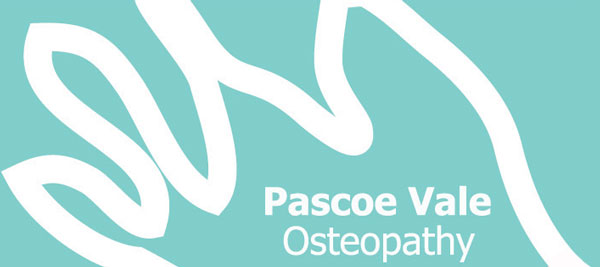Warning! Approach your New Years fitness resolution with care…
Written by Dr. David Howard – B.Sc. (Clinical Sci.), M.H.Sc. (Osteopathy), B.App.Sc (Human Movement) from Pascoe Vale Osteopathy located in Pascoe Vale, Melbourne, Victoria, Australia.
With the turning over of a new year, you may have decided to lose some kilos and get fit. So you join the gym, take on a personal trainer or start jogging. In the first week all goes well, you get up early, sweat, run, jump and lift. Just as you start to think that this year will finally be the year that you stick to your resolution, it all goes pear-shaped and your body lets you down. Any number of things could happen… your knees start to hurt, your achilles tendon is sore, the soft tissues on the sole of your feet start to burn or you throw your back ‘out’. This results in you stopping the exercise and all of that great momentum you had is gone. So what has happened??

